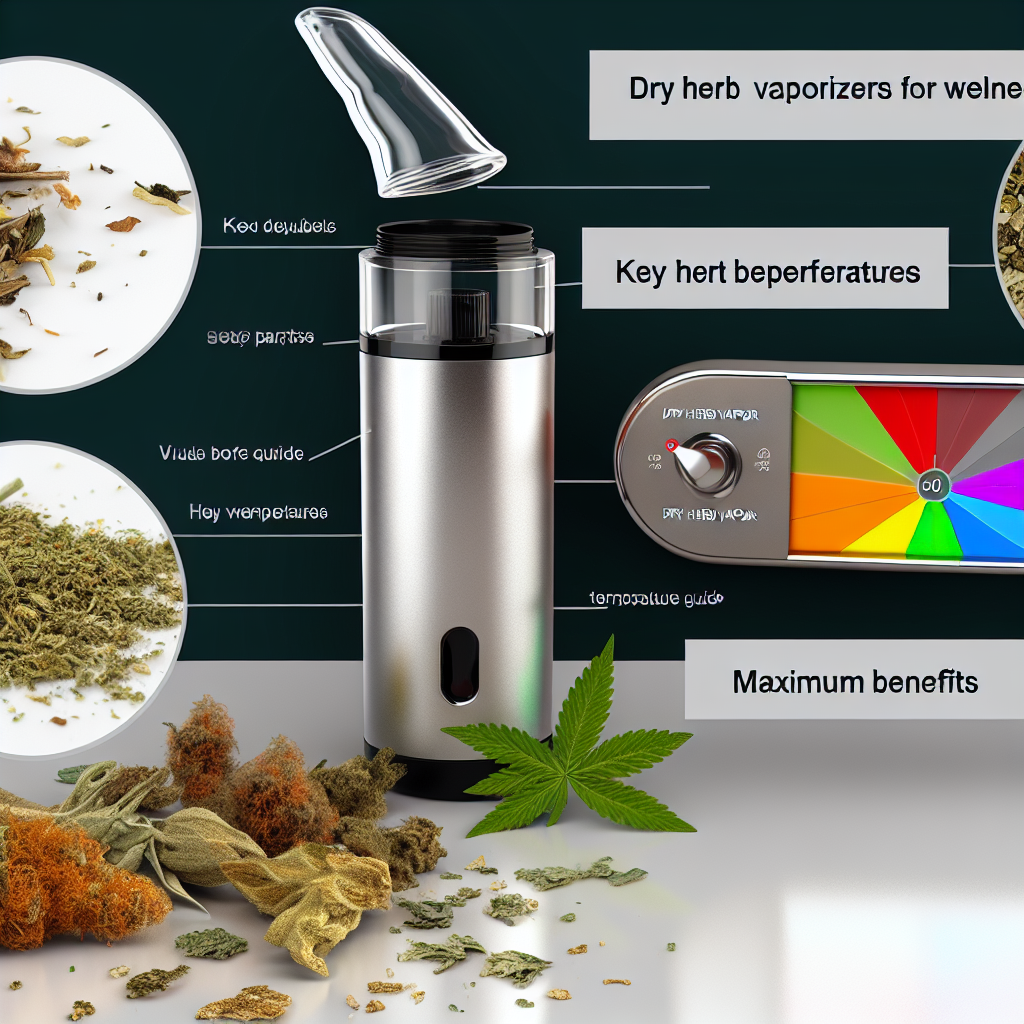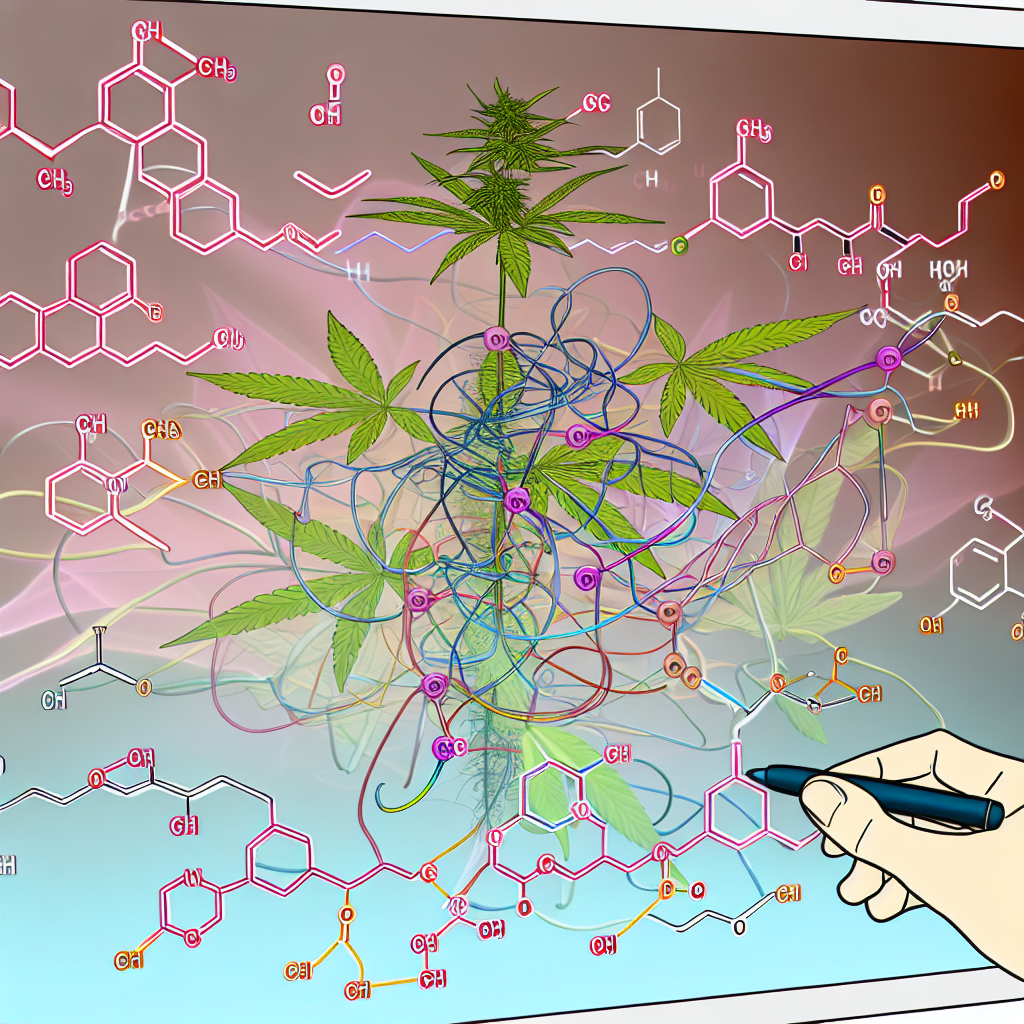Sustainable Cannabis Packaging Solutions: Reducing Waste for a Greener Future
Introduction: The Growing Need for Sustainable Cannabis Packaging
The cannabis industry is expanding rapidly, with the global market expected to reach $73.6 billion by 2027 (Grand View Research, 2020). However, this growth comes with an environmental impact, particularly in regard to packaging waste. Strict regulations require cannabis products to be sold in child-resistant, tamper-proof, and opaque containers, often leading to excessive plastic waste. Sustainability has become a key concern, and cannabis companies are incorporating sustainable solutions into packaging to align with environmental responsibility and public demand.
Sustainable Cannabis Packaging Features
1. Biodegradable and Compostable Materials: The Future of Eco-Friendly Packaging
One of the most promising sustainable packaging options includes biodegradable and compostable alternatives. Companies have started using plant-based bioplastics derived from cornstarch, hemp, or sugarcane, which break down naturally over time without releasing harmful microplastics.
2. Hemp-Based Packaging: A Renewable Resource for Greener Solutions
Hemp is an excellent renewable resource that has gained popularity in sustainable packaging solutions. Hemp fibers are durable, biodegradable, and require fewer resources to cultivate than conventional fossil-fuel-based plastics, making them a viable alternative to petroleum-based plastics.
3. Glass and Metal Alternatives: Recyclable and Reusable Packaging
Glass and metal containers serve as reusable and recyclable alternatives to plastic packaging. Unlike petroleum-based packaging, glass and metal can be recycled indefinitely without degrading in quality, offering a more sustainable option for cannabis brands.
4. Refillable and Returnable Packaging Programs: A Circular Economy Approach
Closed-loop packaging systems, where companies encourage customers to return used containers for recycling or refilling, have gained momentum. This proof-of-concept highlights a viable model that more cannabis companies could adopt to enhance sustainability.
5. Minimalist and Reduced-Waste Packaging: Less is More
Some cannabis brands opt for minimalist packaging to reduce unnecessary waste and materials used in production, which can prevent millions of pounds of waste from entering the environment annually.
6. Consumer Awareness and Legislative Impacts: Driving Sustainable Change
Consumer awareness and government policies are likely to drive the sustainable packaging movement as regulatory agencies begin to enforce stricter environmental laws, such as the proposed bans on single-use plastics in Canada.
Conclusion: The Path to a Greener Cannabis Industry
The cannabis industry’s rapid growth demands an urgent focus on sustainability, particularly in packaging solutions. Sustainable packaging options offer viable pathways to reducing waste, and research suggests that conscious consumer behavior, industry-led innovation, and expanding legislative regulations will drive the shift toward sustainability in cannabis packaging.
Concise Summary:
The cannabis industry’s rapid growth has led to a significant environmental impact, particularly in regard to packaging waste. Sustainable packaging solutions, such as biodegradable and compostable materials, hemp-based alternatives, reusable containers, and minimalist packaging, offer viable pathways to reducing waste and aligning with environmental responsibility. Consumer awareness and government policies are driving the shift toward sustainability in cannabis packaging, as the industry works to balance compliance with environmental responsibility.
References:
[1] Grand View Research. (2020). “Global Cannabis Market Analysis Report.” [https://www.grandviewresearch.com/industry-analysis/legal-marijuana-market](https://www.grandviewresearch.com/industry-analysis/legal-marijuana-market)
[2] Government of Canada. (2023). “Proposed Single-Use Plastics Ban: Environmental Impacts and Policy Changes.” [https://www.canada.ca/en/environment-climate-change/services/managing-reducing-waste/reduce-plastic-waste.html](https://www.canada.ca/en/environment-climate-change/services/managing-reducing-waste/reduce-plastic-waste.html)
[3] Nielsen. (2020). “Sustainability and Consumer Purchasing Preferences.” [https://www.nielsen.com/us/en/insights/report/2020/sustainability-is-driving-consumer-demand/](https://www.nielsen.com/us/en/insights/report/2020/sustainability-is-driving-consumer-demand/)




